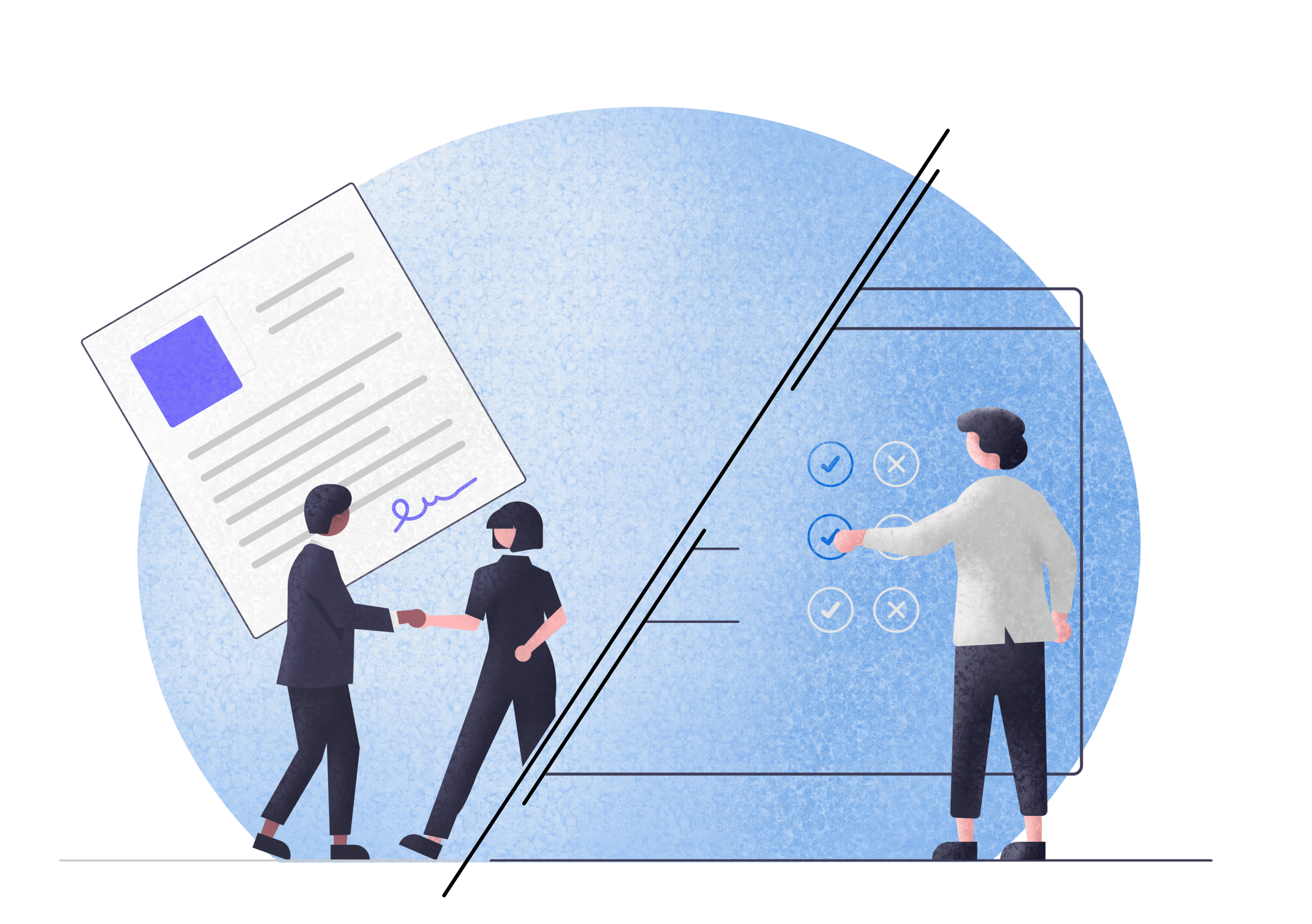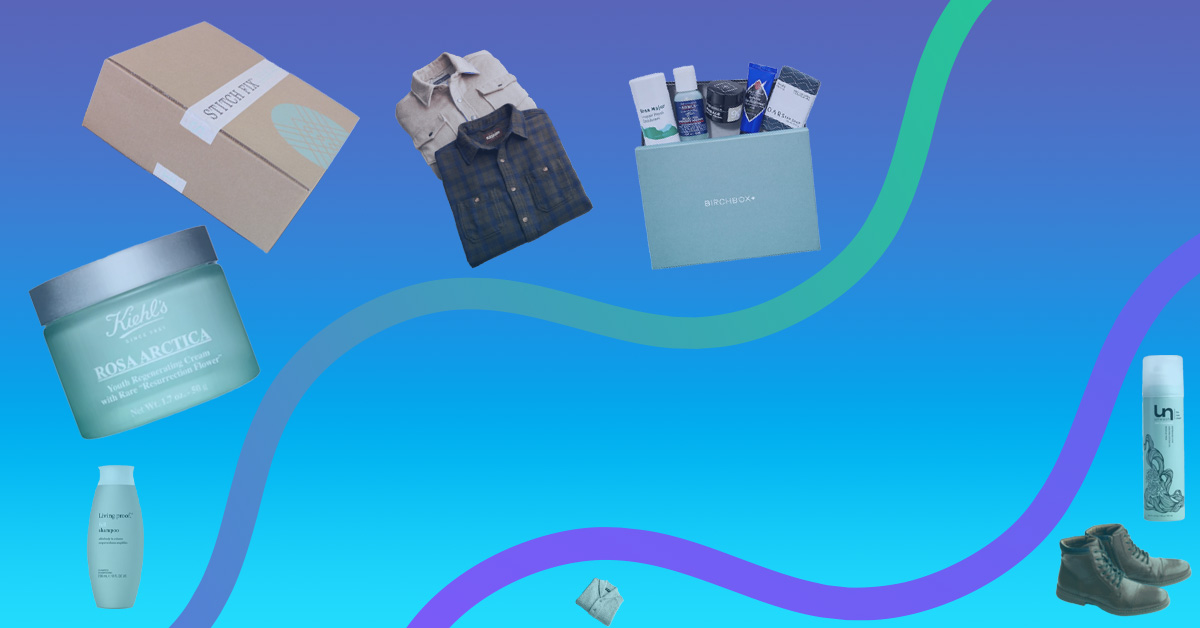Customer conversions are one thing; turning customers into subscribers is another challenge entirely, and you are specifically looking for advice on how an ecommerce business selling physical goods can increase that customer-to-subscriber conversion rate.
Which, if we’re honest, isn’t the most SEO-friendly question.
Well, with any luck, this article came up as a result of you doing your best to find a keyword phrase approximating your intent, because we have some actionable, industry-specific advice for you. So buckle up; we’re going to distill a lot of information into the next 1,500 words.
Ecommerce CRO Basics
Before you start trying to increase the rate at which you’re converting customers into subscribers, you need to make sure you’re converting an appropriate amount of site visitors to customers. These tips will improve your overall conversion rate, which should at least affect the number of subscribers you get.
Know Your Customer
You might be inclined to assume that you have this well in hand already, but bear with us.
Have you ever purchases those single-serve, prepacked salads at the grocery store? Nearly every brand includes a plastic fork in the package. The decision-makers for those brands have realized the primary use-cases for their product, and most of them make bringing your own fork inconvenient.
Eating a salad for lunch at the office? Enjoying a quick lunch during a bus, train, or subway ride? Munching on it in a school cafeteria or college campus? The list goes on.
In other words: know what the intent of the buyer is, both in making the purchase, and in the product use-cases.
Clear Customer Value Proposition (CVP)
If the first piece of advice is “know what the customer wants,” our second tip is “know what you have to offer.” That’s where the CVP comes in. A CVP is a Customer Value Proposition. You need to know the answer to the question, “Why should I buy from you?” and “What can we provide that our competitors can’t?”
And then, you need to make those points clear to the customer.
Explain your CVP to your audience in the most straightforward way possible. Plaster it all over your website, from the home page to the product pages. Then, once you’ve addressed your “pros,” you need to address your “cons,” and remove objections your customers might have.
Listing disclaimers like “gluten-free” on food products is one example. Having a forgiving return policy is another. The point is to anticipate problems your customers might have, and then solve them before they even make the purchase (like, say, including a fork in the package?).
A/B Testing
Basically, A/B testing is a way to apply the scientific method (without all the calculus) to the conversion rate of your website.
It works like this: change a single detail on a page you’re trying to optimize. Change the color of the CTA button. Update the slogan. Change the hero image. Whatever you think will help. Then, you present the original website to half of your visitors and the updated version to the other half, and you compare the conversion rates.
This only works if you continue showing the original page to half of your visitors (your “control group”), and if you only change a single thing at a time. Otherwise, you have no way of knowing what’s working and what’s not. Then, you simply rinse and repeat until you no longer see increases to the conversion rates with your changes.
General UX Optimizing
Here’s advice that your UX/UI team will thank you for: make sure your site is user-friendly. Good visual appeal, clear (not confusing) CTAs, and optimal site speed are all good things to have. You also want to make sure you’re transparent with product costs (including shipping). This list could really take up the whole article, but you probably get the idea.
Advanced, Subscription-Specific Tactics
Now that we’ve covered the basics, let’s get down to “brass tacks.”
Know Your Customer (Again)
You know why the customer wants to buy your product. But why on earth would they want to pay for it on a recurring basis? Not every product is worthy of a subscription. Some are “one and done” purchases, and others meet needs that are too irregular.
So before you ask someone to set up automatic payments, be sure you’re selling something they’ll care to buy.
Clear CVP (…Again)
Similarly, you need to know why subscribing with you is beneficial, and you need to make that value proposition clear to them. Some of this will be the product and the business model, but some of it will simply be how it’s sold. Bottom line, you don’t want the only reason they’re subscribing to be that they don’t want to make a separate purchase each month.
Your most effective weapon in this fight is subscriber discounts. You can add the basic, flat discount for subscription, for example, such as “subscribe and save 20%.”
But you can also offer compounding discounts that increase the more repeat orders you have (i.e. 10% on the first month, 15% on the second month, 20% on the third month, etc.), eventually hitting the maximum discount possible for the most valued customers.
That second option has the added perk of increasing customer loyalty, by rewarding them more the longer they stay loyal. This encourages customers to keep their subscriptions, instead of just signing up for the discount and then canceling.
Explore your options, and get creative. Give your customers good reasons to become subscribers, and reward them for rewarding you.
How to Market Your Subscriptions
Next, you need to let people know that subscribing is even a possibility. Getting the word out doesn’t have to cost you a fortune, though. Rather than dropping thousands on ad campaigns, start with your “owned media.”
Put banner ads on your site advertising subscription discounts. Send emails to existing customers, encouraging them to subscribe. Or even better, send emails to leads informing them they can save if they make a recurring purchase.
Most importantly, if you want to maximize how many customers are converting to subscribers, you need to make subscribing an option during the buying process (or, barring that, at least mention it). Let users queue up recurring purchases on the product page or at check out. Honestly, the easier you can make it for them to choose the upsell, the better.
Specific UX Optimizing
Maximizing conversions sounds easy enough, but it requires offering your customers the path of least resistance. Remember about 700 words ago, when we recommended removing objections? You’ll need to do the same to obstacles to the buying process.
To put it simply, if you can reduce the number of clicks, taps, and/or keystrokes required to set up the subscription, you should.
First, make sure that the order is customizable. Not every customer wants to buy your product every month (and not every product needs to be bought every month). So give them a variety of delivery schedules.
Second, give them options for add-ons and cross-sells. Third, make notifications easy. You don’t have to get too granular (like you do with the order itself), but make sure they’re easy to opt in to…and that they’re easy to opt out of. Heaven knows you don’t want your subscribers associating anything you send them with spam.
The “On Second Thought…” Effect
Finally, you need to leave room in the experience for customers to change their mind. Ask yourself: are the orders easy to modify? To postpone? To cancel? Improving user experience will increase customer satisfaction, which will lead to loyalty and brand advocacy.
Failing to do this, on the other hand, will lead to higher churn rates and more negative customer reviews.
And it might seem counterintuitive, but mentioning upfront how easy it is to cancel, modify, or postpone an order will actually increase your conversion rate. We don’t normally think of actions such as canceling an order as good for business, but it’s good for customer trust.
They will appreciate the flexibility you offer, and will show that appreciation with future purchases.
Conclusion
Some of these tips are easy to take care of on your own, but some of them can require web developer help. The upsell process especially requires some modifications to how you handle purchases. Now, you have three options when it comes to offering subscriptions on your ecommerce store:
- Build it yourself
- Go without
- Use a third-party solution
If you go for a third-party app, be sure you get one that does as we suggest, and makes the whole process as easy as possible for your subscribers. Be aware, not all of the solutions on the market actually do. Some of them, (such as Amazon) make things like modifying orders difficult, if not impossible.
And hey, if you’re using WooCommerce for your business and want a tool that makes converting (and keeping) subscribers easy, check out this plugin.
That’s it for this post. Stay tuned for more advice like this.



